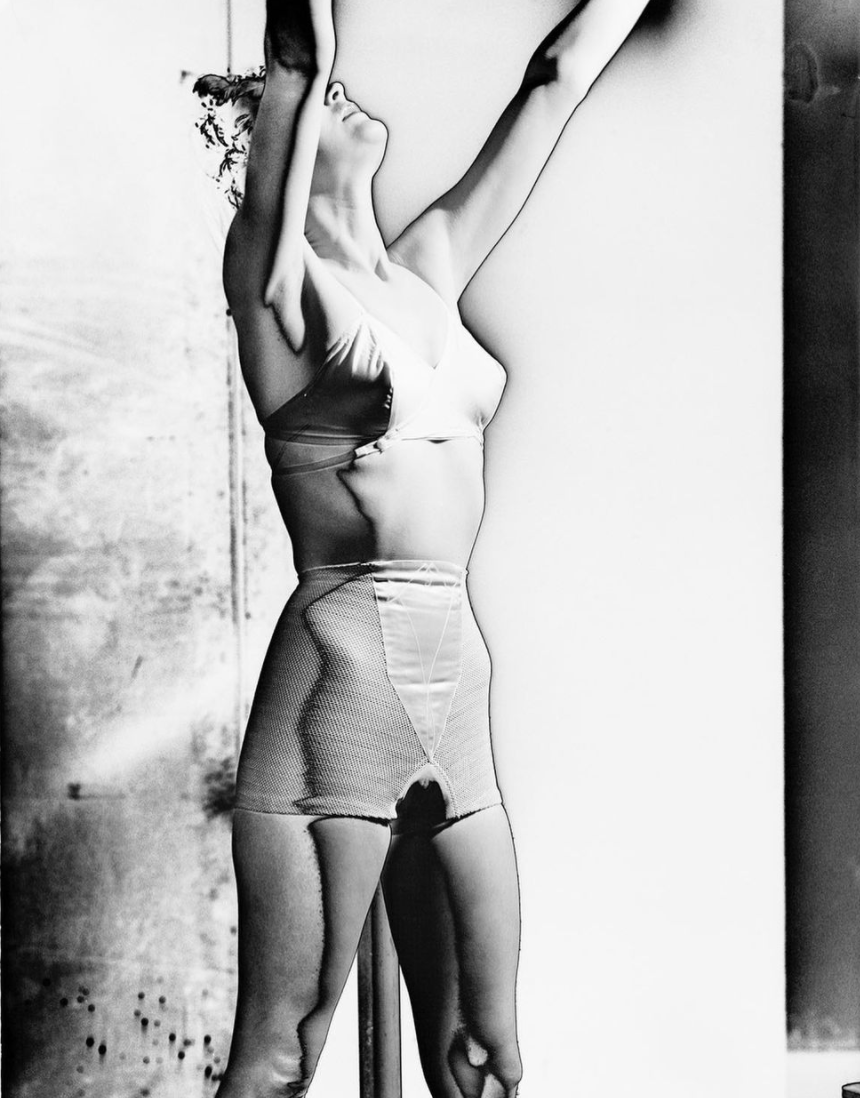In 1929 artist, photographer,filmmaker extraordinaire Man Ray was invited by one of his ardent patrons, the Vicomte de Noailles, and his infamous wife and partner in outlandishness, Marie-Laure, to their Robert Mallet-Stevens designed chateau in Hyeres, in the South of France, to shoot the house and its varying, dynamic collections as well as “make some of shots of his guests disporting themselves in the gymnasium and swimming pool,” according to Man Ray. As with many Surrealists who favored automatic writing, Man Ray favored a kind of automatic filmmaking. He looked upon film as another tool in his poetic, playful bag of tricks innovated with light but he had grown disenchanted as reality in the form of sound had begun to impose itself on the medium: improvisation was his preferred metier. Nevertheless, the Vicomte assured the artist that the film would be a documentary for their private viewing pleasure only, so Man Ray made an exception for the wealthy and generous man. Reminded of a Mallarme poem, “A throw of the Dice can Never do Away with Chance”, Man Ray decided to make, ‘chance’ the theme of the film. He brought with him two pairs of dice and six pairs of silk stockings which he intended to “pull over the heads of any persons that appeared in the film to help create mystery and anonymity.” Things being what they were at the Chateau, that is to say, already capricious with the beau mode in attendance, the film did not follow a neatly proscribed narrative.
Man Ray began shooting when he left Paris. Two men throw the dice, and leave for the south, arriving at the angular chateau—which is as much a character as anyone in the film. A couple throws the dice and decides to stay, then just as enigmatically to leave after another toss. Man Ray captured the right angles of the Mallet-Stevens modernist house, the painting archives, and eventually the frolicking guests shrouded in stockings and striped bathing suits as if in a phantasm. (Indoor gyms and exercise were all the rage in the late twenties; somehow the late nights and flamboyance had found a counterweight). The Vicomtesse appears in an underwater sequence with oranges in the glass-covered pool, a surreal Esther Williams; a stocking almost actually choked the Vicomte.
Les Mysteres du Chateau de De film also contains negative images akin to his signature Rayographs. This film was his last complete film. (By way of reference, the same year, Bunuel’s Un Chien Andalou was released).
The Gagosian Gallery in San Francisco has a very engaging show with good quality prints of Les Mysteres and two other films and numerous objets and stills drawn from the films as well as a short history of the house, now the Villa Noailles, an artists retreat. In a time when most films are literal-minded, these instead make the viewer a participant who is obliged to connect the dots—and the dice.
MAN RAY
Film Still from Le mystère du Château du Dé, 1929
Gelatin silver print
11 13/16 x 14 9/16 inches
30 x 37 cm
© May Ray Trust/Artists Rights Society (ARS), New York/ADAGP, Paris 2019
Image courtesy Gagosian Gallery


